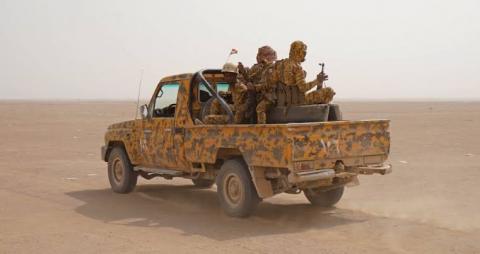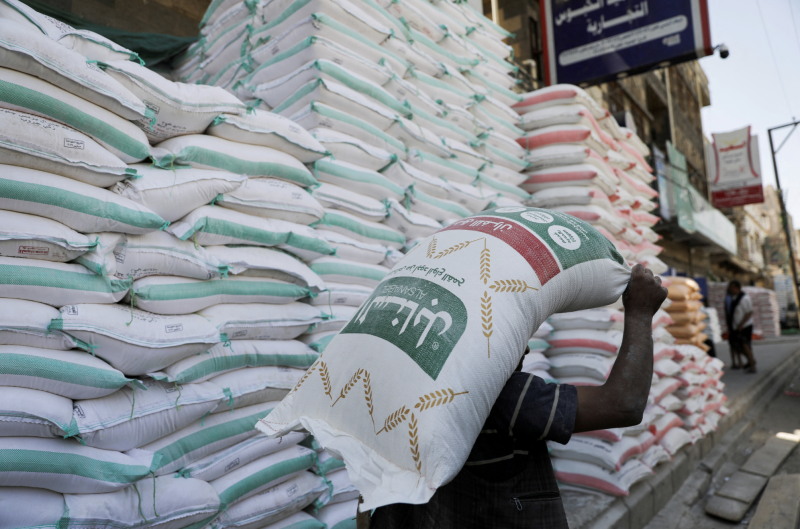Armed conflict alone does not explain the devastation of Yemen’s health system


Tayseer AlKarim,1 Aula Abbara ,2 Bothaina Attal3,4
Driven by the prolonged internal conflict, external aggression, economic decline and scarcity of resources, Yemen faces the world’s worst humanitarian crisis.1 The ongoing violence has played a fundamental role in shaping this humanitarian crisis. However, violence alone cannot account for the extent of suffering across the country and the collapse of the health system; other factors need to be considered with the aim of drawing strategies to respond to the present and future health and humanitarian needs.
BACKGROUND TO THE CONFLICT
Half a decade of relentless hostilities between state and non-state actors, backed by regional and international powers, have devastated the lives of millions of Yemenis and put the country on the brink of total collapse. The civil war ignited in March 2015, when a coalition of states led by Saudi Arabia and the United Arab Emirates (UAE), with support from the USA, intervened to restore the interim president Abdrabbuh Mansur Hadi to power. Today, a complex web of ‘proxy relationships’ fuel this war—from the UAE’s support of separatists in the south, to Saudi Arabia’s support for the internationally recognised government, and Iran’s covert assistance to the Houthis in the Northwest. These intertwined political interests have prolonged and increased the complexity of the conflict in Yemen.
Despite concerns from human right groups about the humanitarian crisis in the country, overlapping local, regional and western interests continue to fuel the war and its economy. The long-term impacts of the protracted armed conflict in Yemen are vast and place it among the most destructive conflicts since the end of the Cold War.3 Over the last 5 years, almost a quarter of million deaths have occurred as a direct and indirect result of the conflict4 ; this includes over 12600 civilians killed in targeted attacks.5 Of the dead, 60% are children under the age of five.3 According to the United Nations (UN), if the war continues to 2022, mortality could exceed 480000 deaths with an estimated 330000 deaths of children under 5 years old.3 The conditions Yemen faced shortly after the onset of the armed conflict share similarities to the situation in other Middle East and North Africa (MENA) region countries after several years of armed conflict as in Syria or Libya. Although the contexts of these armed conflicts differed at baseline, the dynamics of violence, involvement of regional and international players, and the acute fragmentation in public institutions bear similarities. Our aim was to highlight the different political, governance and humanitarian factors that influence the humanitarian space in Yemen and have contributed to the fragility of the health system.

Aden — Yemen Airways has announced new updates to its ticket cancellation (VOID) policy, introducing financial penalties on travel agents in…

Geneva – The United States announced that Yemen will not be among the countries benefiting from a new $2 billion funding pledge for United Na…

Paris — The French humanitarian organization Acted announced that it has delivered cash assistance to nearly 89,000 people affected by displa…